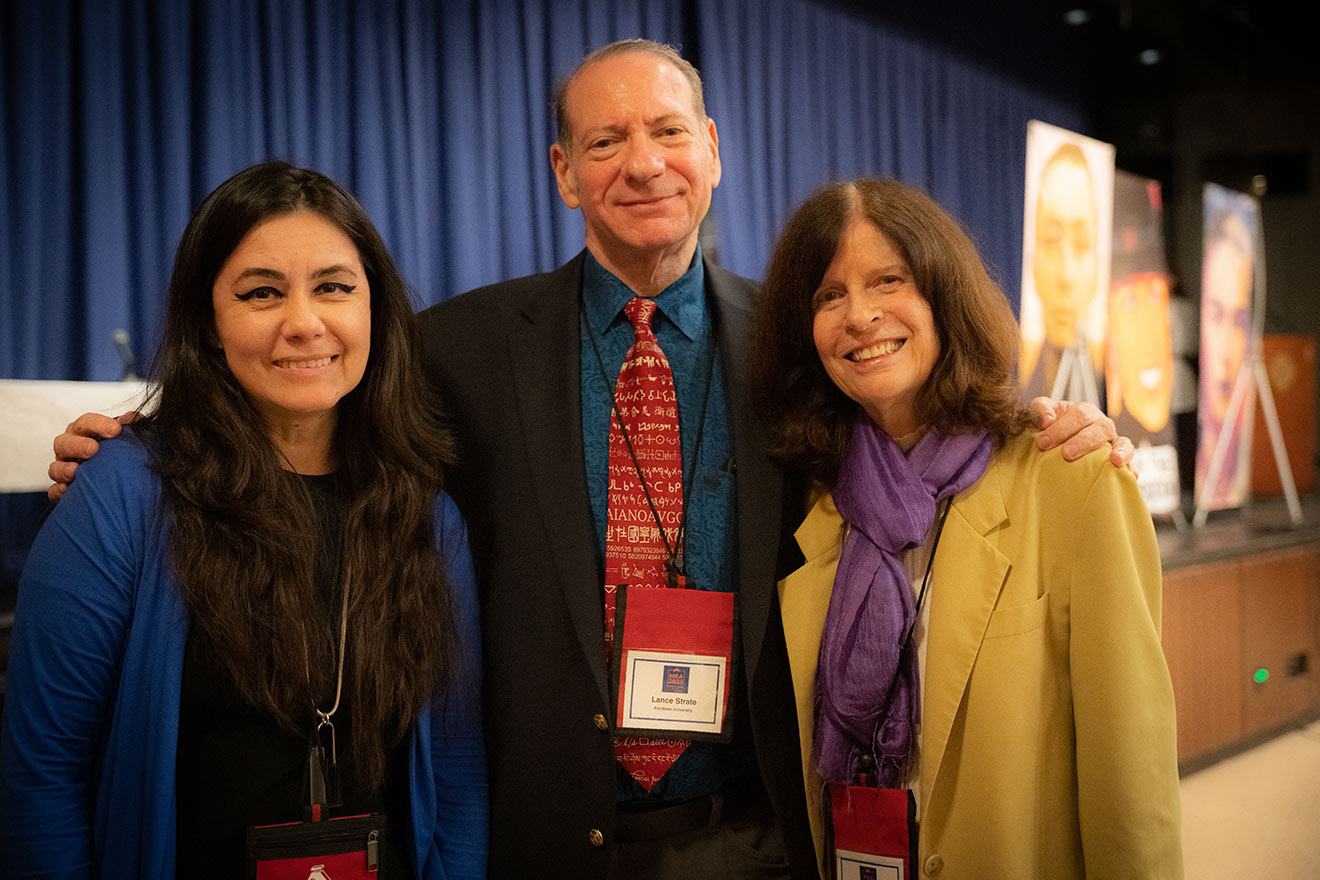PhD in Administrative Sciences, Irery Melchor-Durán, research professor at our Panamericana Aguascalientes campus, expert in entrepreneurship in universities, the intersection of social problems with entrepreneurship and entrepreneurial ecosystem, as well as consultant in market research, business valuation, business model, business processes, franchises, branding, shares with us her article Marketing with science from a marketing point of view as well as with respect to scientific evidence.
Studies of interest
Marketing seems easy, but there is a whole science behind each advertisement. It is particularly important to know aspects of social psychology to make advertising campaigns a success. Part of the universities’ mission is to create and convey knowledge, which is why a good way to become an outstanding expert in conquering the hearts and pockets of customers is to study careers such as advertising, marketing or media.
The following are the results of 3 scientific studies that were developed in different universities on the subject of the effects of advertisements with sexual content. It would seem that if this element is added to advertisements, it will automatically increase sales, but it is not that simple.
In a study conducted by researchers from the marketing department of California State University, it was detected that within the Facebook social network, ads with explicit sexual content generate greater engagement in users than neutral ads, although this result is not the case in actual product sales, since there is no statistically significant difference in sales between the two types of ads.

Some results
So, if advertisements with sex appeal do not generate higher sales of a product, what other effects could they generate in consumers. Some studies published in the Journal of Marketing Management and Sex Roles have determined the effects that advertising with sexual content has on:
- Attitudes towards the brand.
- Attitudes towards the advertisement.
- Purchase intention
- Product attractiveness
- Positive emotions
- Negative emotions
Another thing is certain, we can sense that the results generated by this type of sexualized ads are different in men and women. In the case of women, a high sexual content in advertisements generates a statistically significant increase in:
- Negative attitude towards the brand
- Negative emotions
According to research from the University of Newcastle and the University of Padova in Italy, in men, ads with high sexual content generate a statistically significant increase compared to ads with low sexual content in the following characteristics:
- Positive attitude towards the brand
- Positive attitude towards the advertisement
- Purchase intention
Finally, although ads with high sexual content have better results in the aforementioned elements for men, these types of ads also generate an increase in negative emotions for men compared to neutral ads.

“Thanks to this type of scientific studies in the marketing arena, it is possible to identify the elements to be attentive to if one wants to include a sexual element in advertisements, and the importance of having the necessary knowledge to create campaigns that generate the desired attitudes and emotions in the consumer,” says the marketing expert
“Science is a great ally in marketing, and thanks to the fact that many business schools generate and convey this knowledge, marketing experts can create better advertising campaigns”, she adds.
Researcher data

Dr. Irery Melchor-Durán
PhD in Administrative Sciences
research professor at the Universidad Panamericana, Aguascalientes campus







